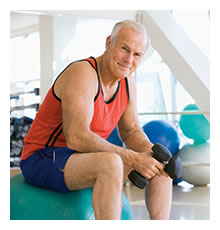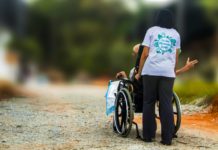
Pain-free exercise regimens improve walking and quality of life in patients with peripheral vascular disease
Pain-free exercise regimens improve walking distance and quality of life in patients with peripheral arterial disease (PAD), according to a study published in the European Journal of Preventive Cardiology, a journal of the European Society of Cardiology (ESC).
Around 200 million people worldwide have PAD, where arteries in the legs are clogged, restricting blood flow to the legs and raising the chances of stroke and heart attack. Smoking, diabetes, high blood pressure, and high cholesterol all increase the risk of PAD. Around 30% of patients have pain and cramping in their legs when they walk – referred to as intermittent claudication.
Exercise is a cornerstone of PAD management, together with smoking cessation, healthy diet, and weight loss. It improves symptoms, mobility and quality of life. Many patients with PAD exercise very little or not at all due to pain.
Alternative exercises included walking without pain, arm ergometer (an exercise bike for the arms), resistance training, circuit training, lower limb aerobic exercise, and walking with poles
“For many years the standard exercise prescription for patients with PAD has been to walk towards, and push past, moderate to severe pain,” said study author Edward Lin, of the University of Toronto, Canada. “Research has shown that this approach improves walking distance and quality of life. Naturally if you force patients to walk past their pain thresholds and continue to do so, they’re going to get better at walking.”
This study compared completion and adherence rates between traditional versus alternative exercise programmes of at least four weeks duration. Completion was defined as the proportion of participants who finished the programme, while adherence was the percentage of exercise sessions done.
Traditional programmes consisted of walking until moderate to severe pain was induced, resting until the pain subsided, then repeating the process. Alternative exercises included walking without pain, arm ergometer (an exercise bike for the arms), resistance training, circuit training, lower limb aerobic exercise, and walking with poles.
A total of 84 studies and 4,742 patients were included in the analysis, encompassing 64 traditional walking programmes and 58 alternative exercise programmes. Completion rates were 6% higher in programmes with alternative forms of exercise compared to painful walking (80.8% versus 86.6%). Similarly, adherence was 8% greater in alternative programmes compared to painful walking (77.6% versus 85.5%).
An individualised exercise plan that patients are more likely to follow should be developed, considering their preferences for exercise and potential barriers.













